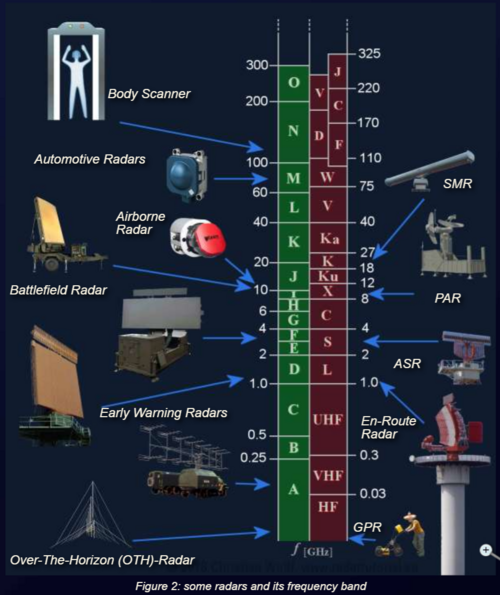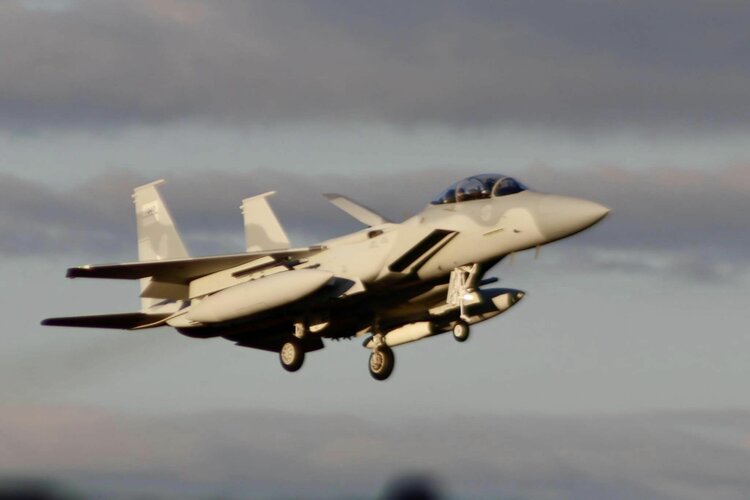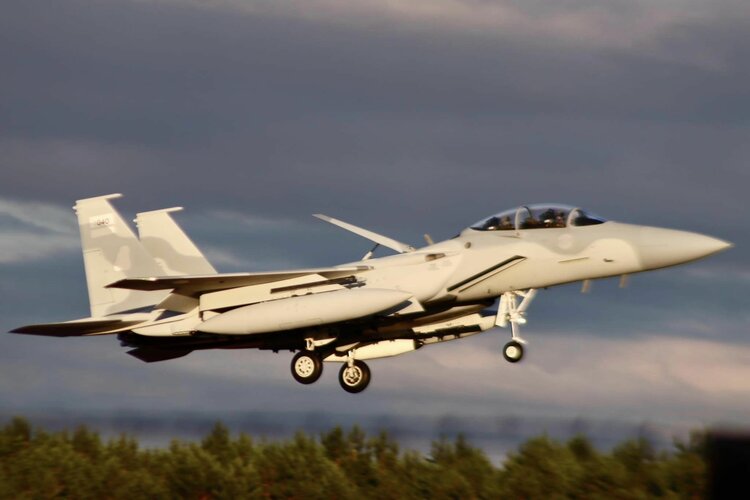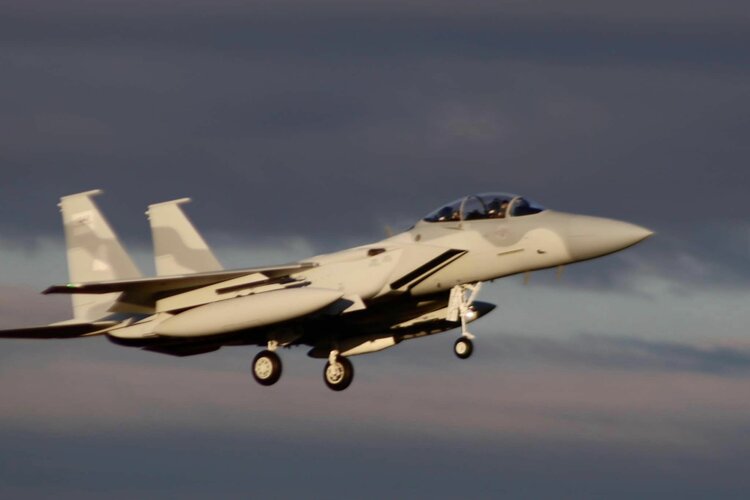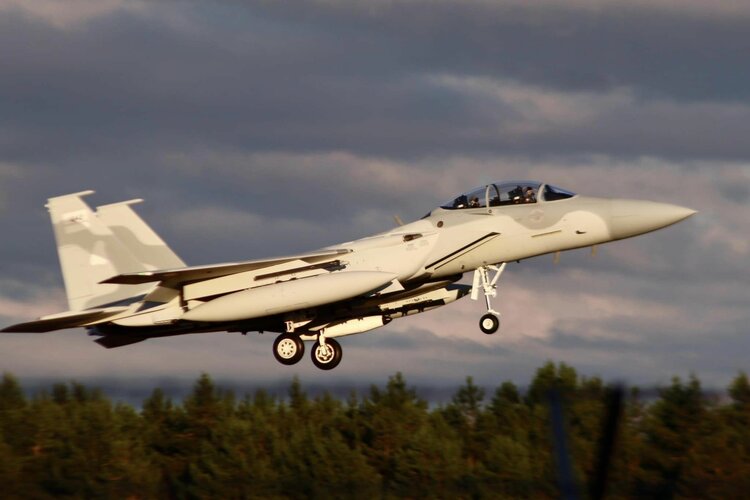What I'm thinking is that the modern battlefield is going to involve a ton of guided weapons crossing through the FEBA into blue force territory, as well as red air attempting to enter the areas you're performing DCA over. My proposal for the modern era is about making your 4th gen air defense aircraft into jamming and EW weapons to aid them as interceptors over your own territory.
While it most definitely still includes classic air defense, it's now heavily also about non-kinetic kills of missiles, drones, precision glide bombs, etc -- hurting their targeting, hacking them, frying their circuits, or interfering with their launch platform's ability to target them in the first place. ("Interception" can be anything that breaks their kill chain, not just kinetic destruction of the object.) My interest in the pods comes from the assumption (could be wrong) that nose cone AESAs are really nice for narrow beam attacks on specific point targets, but not as good as ALQ-99s or NGJs for area coverage. So the main purpose of the pods is breaking the kill chains of enemy missiles and drones over blue force territory, not aircraft vs aircraft, nor aircraft vs IADS. My original post mentioned the F-15G in an 80s context, but SEAD isn't the mission I'm talking about now.
With the Air Force still having lots of Eagles, I feel like there's going to be a lot of cases of F-35s operating over red territory and Eagles and Vipers defending blue force territory, while occasionally launching JASSMs and the like. So while you'd rather just have a force composed entirely of F-35s, you don't, and then the question is, are there affordable ways to leverage what you do have?
And two things we do have are (1) lots of F-15s, and (2) existing, already paid-for investment in pods integrated with Eagle-ish radars.
The 99 mid bands are ancient and ineffective. The NGJ is effective in its frequency range, but what exactly is it going to be jamming? What opponent weapons use frequencies that it would cover? As for opponent fighter radars - just use the F-15s radar instead, same as F-35.
The USN has unique defensive jamming requirements that make NGJ more useful. However even they have noted that the Growler effectively has a combat radius of ~ 300nm due to the drag. So it is hard to support offensively. The MALD-N seems to be the main offensive counter measure. I suspect that a billion no competition contract to Raytheon last year was in fact a multi year buy of several thousand MALD-Ns.






